Others say watching your partner helps you play better as a team. Knowing where your partner is helps you shadow his movements and keep your defense strong. If you don’t see the speed and trajectory of the shot that your partner is making, it's impossible to anticipate and get in the best position for the play. For example, if you are at the non-volley zone line looking straight ahead, and your partner behind you makes a short lob--suddenly, you might wish you’d seen that.
Your choice may depend upon how experienced you are and how good your peripheral vision is. When I play, I watch my partner, no matter where he is on the court. It’s important for me to know what kind of shot my partner is making so I can anticipate the next moves by my opponents. Then, when the time is right, I shift my focus and watch my opponents. Knowing where my partner's shot is going helps me prepare for my opponent’s reaction.
By watching my partner, I’m also able to make line calls for the balls coming to him. When you’re going for a shot, you're less able to judge with accuracy where the ball will (or did) land. Not only can I call him off a shot I feel will go out of bounds, but I can make the line calls for balls landing on our side of the court more accurately than he can when he’s reaching for a return.
You’ll have to judge what works best for you and your partner. However, the consensus is that it’s best to keep an eye out for your partner, especially when he’s making a shot.

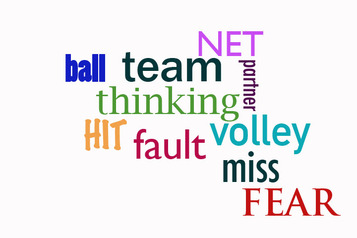
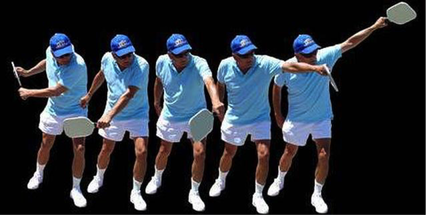
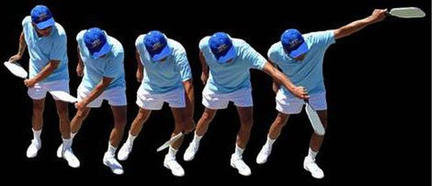
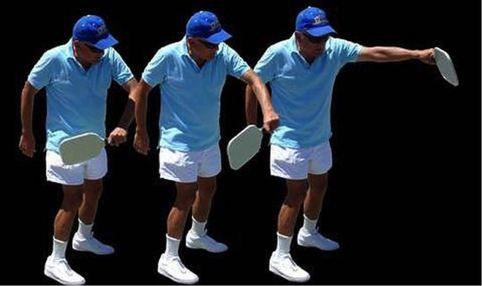
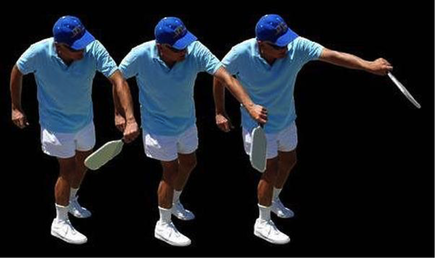
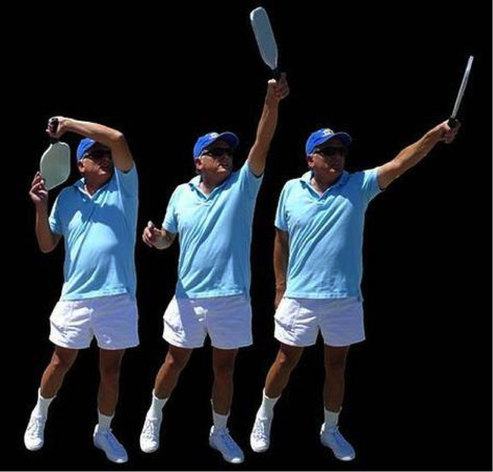
 RSS Feed
RSS Feed